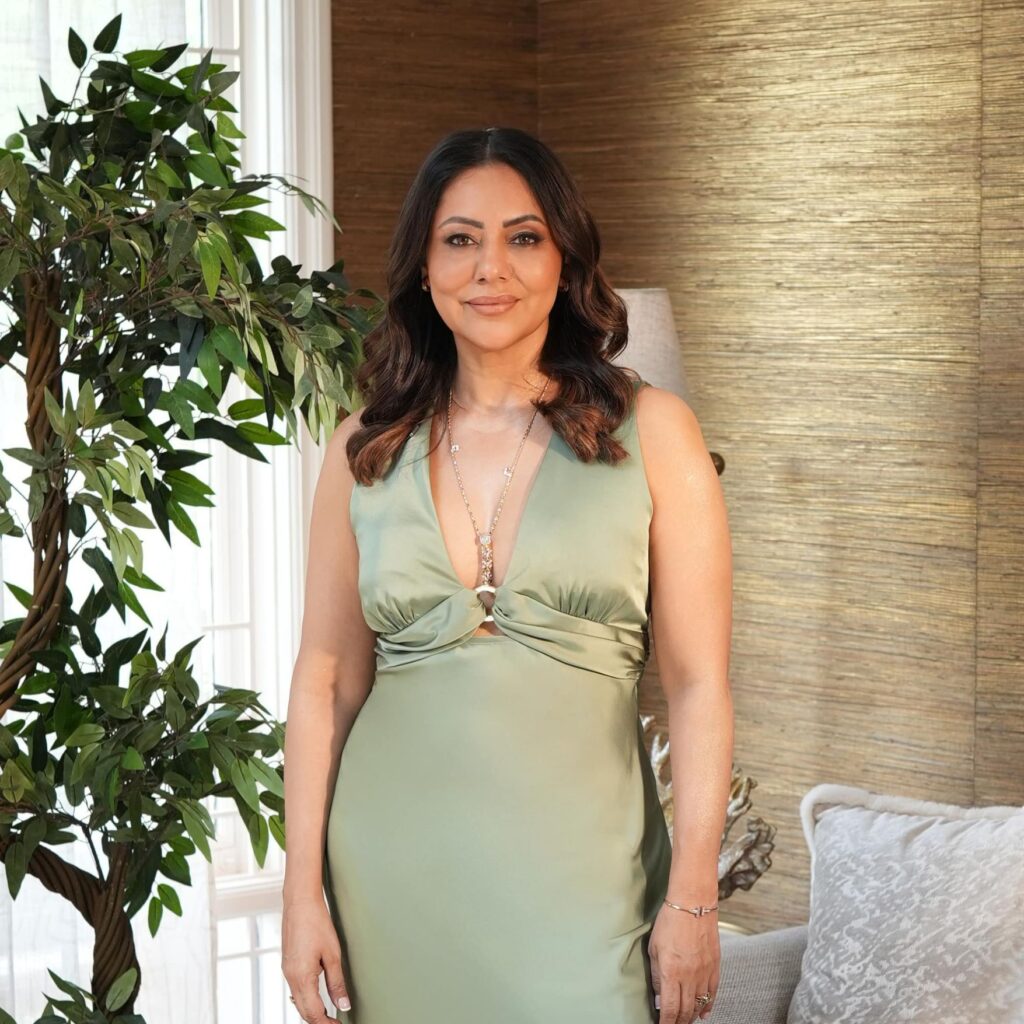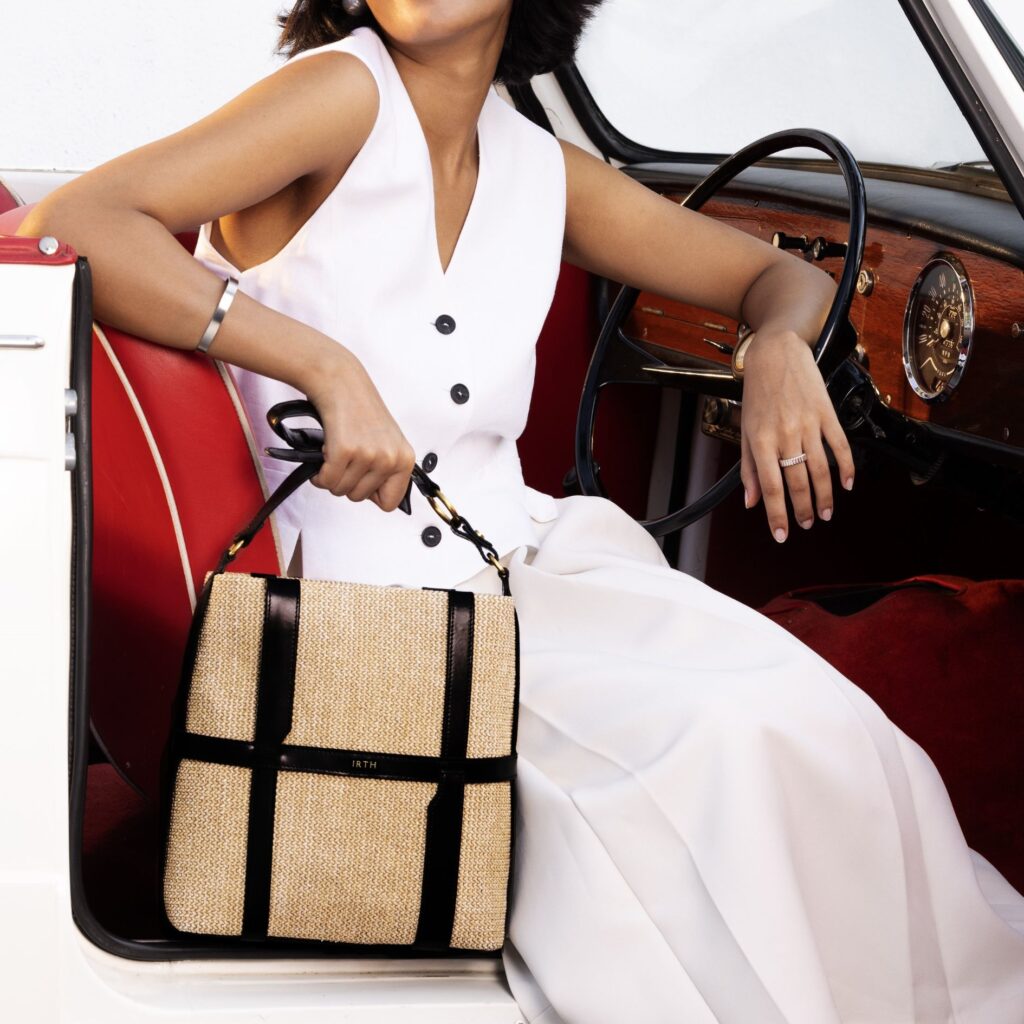The Word. Magazine in an exclusive conversation with the Global Beauty Director of YSL Beauty on the luxury brand's foray into India.
- Beauty
Meet Tom Pecheux, Make-Up Artist to Gigi Hadid, Kate Moss, and Princess Diana…
- ByMeghna Sharma
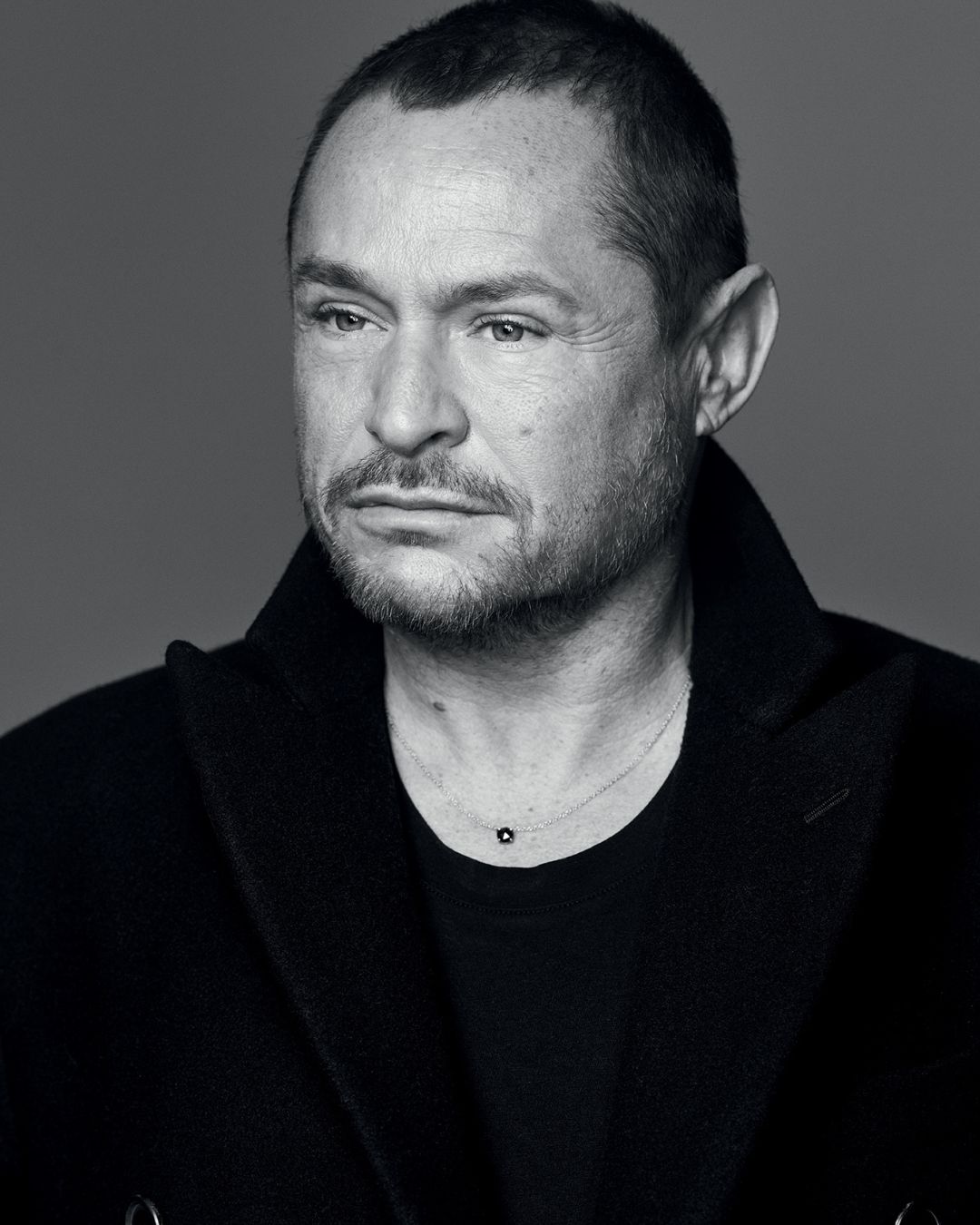
Tom Pecheux, Global Beauty Director, Yves Saint Laurent Beauty
The Word.: What is YSL’s approach to make-up and beauty? How has it evolved over the decades?
Tom Pecheux: “We are following in the footsteps of Mr Saint Laurent. Mr Laurent has been an incredible creator, feminist, and purveyor of luxury. He was inspired by different cultures, religions, and human beings…and he reimagined everything with his unique vision. He was one of the first designers to create ready-to-wear—so it’s luxury, but, at the same time, it is approachable.
Mr Laurent is a guide…he guides you through fashion, through colour, and through texture.
And that’s what we are doing at YSL Beauty. We are trying to bring new technology to colour, because the pigment and shimmer appear differently on different people. For example, the colour red would look very different on a silk fabric and cashmere. So textures play an important role in how the colour appears and radiates.”
TW.: Tell us about your thought process when creating globally bestselling products…
TP: “When I create make-up at YSL, I think of the woman that I love the most around me. But, there is no greater joy than creating a successful product. I don’t get a percentage [of the revenue], so it doesn’t matter really matter to me if the product is successful or not, but it’s lovely to know that a lot of women have fallen in love with something you worked on and put your passion into. We love to serve beauty…”
TW.: Let’s go back in time a little. You trained to be a pastry chef. Tell us how the detour to make-up artistry happened.
TP: “I wanted to be a pastry chef because I come from a family of farmers. We lived in the countryside, and my father was a farmer and winemaker…
Today, people share responsibilities, but, back in the day, my father worked at the farm and my mother took care of the children, the house, and my father.
My mother was a wonderful cook…everything she made was with immense love. The most amazing thing about her cooking was that that was the only moment during the day the entre family was together, sharing the meal my mother had cooked. It was precious. So I thought, ‘Oh, this is what I want to do because it’s amazing!’. But when you are a chef, you cook in the kitchen and the guests—the clients of the restaurant—are on the other side of the wall. So I was very frustrated and bored. But luckily, I worked in Paris, so I began partying a lot. And I met a girl one evening, who was a make-up artist—I didn’t even know that it could be a job! Soon after, I quit my job and enrolled myself in a make-up school. I started from the bottom because I had no connections in the business. I realised that I am on this planet to make people look beautiful, and discovered the world of fashion…and I’ve become completely addicted to it.”
TW.: What is your favourite decade of make-up expression; and which is your least favourite?
TP: “My favourite era of make-up expression would be right now…because of the kind of freedom people have today to express themselves and be who they want to be.
And the one I like the least is probably a few years ago when everyone had the same face. It was when everybody was contouring and shaping their face a certain way, and the big lips and bold eyebrows….that for me was the worst. It seemed like a very good marketing plan to play on people’s fears and insecurity. And that’s not who I am, and it’s not what YSL stands for.”
“You should aim to be the best version of yourself, not a bad copy of somebody else.”
TW.: Where do you get your inspiration from?
TP: “My inspiration comes from everyday life…it is everywhere.
Every time I visit Japan, I get inspired by watching people on the streets. If I were in India today, I would be inspired, and I’d keep getting inspired with each visit.
And while certain places spark creativity in an obvious way, like museums, art, sculptures, and paintings, among others, nature is creative as well. For instance, when you look at the Grand Canyon, you witness different shades of nude—it took millions of years to make that happen, and they all layer on top of each other. It is such an incredible palette. So creation is everywhere.”
TW.: What is the most versatile make-up product according to you?
TP.: “I would pick colours over a product. For me, black, red, and gold is all one needs! With these three colours, you can create everything. You can use black to create intense eyes, or use it to create shades of grey. When you mix red with a little bit of black, you get a beautiful purple colour. And you can add gold for richness. You can wear these shades alone, or mix them together and have a feast.”
TW.: Tell us about the one make-up mistake people often make.
TP: “Well, there are a few. The one that drives me crazy is when people try to apply make-up while driving. Because, firstly, you can’t do a very good job of it while driving, and secondly, you are putting your and other people’s lives in danger.
Another mistake that people make—which we also spoke about earlier as well—is that they want to look like everyone else. I understand if you want to be part of a group, but you can’t look like clones of one another. Everyone is unique, and you should accept and appreciate your uniqueness.
You should aim to be the best version of yourself, not a bad copy of somebody else.”
TW.: What is the cardinal rule of application for foundation?
TP: “Make-up products have been created to make you more beautiful, not to hide who you are. So that’s the first thing to keep in mind.
When it comes to foundation, use it to cover up imperfections, not hide the skin. When you are wearing foundation, the best compliment you should receive is, ‘You have beautiful skin!’. If somebody asks you which foundation you are wearing, you should know that you’ve worn it wrong.
When I’m working with someone with good skin, I only use concealer. Otherwise, the YSL All Hours Foundation is my best friend.”
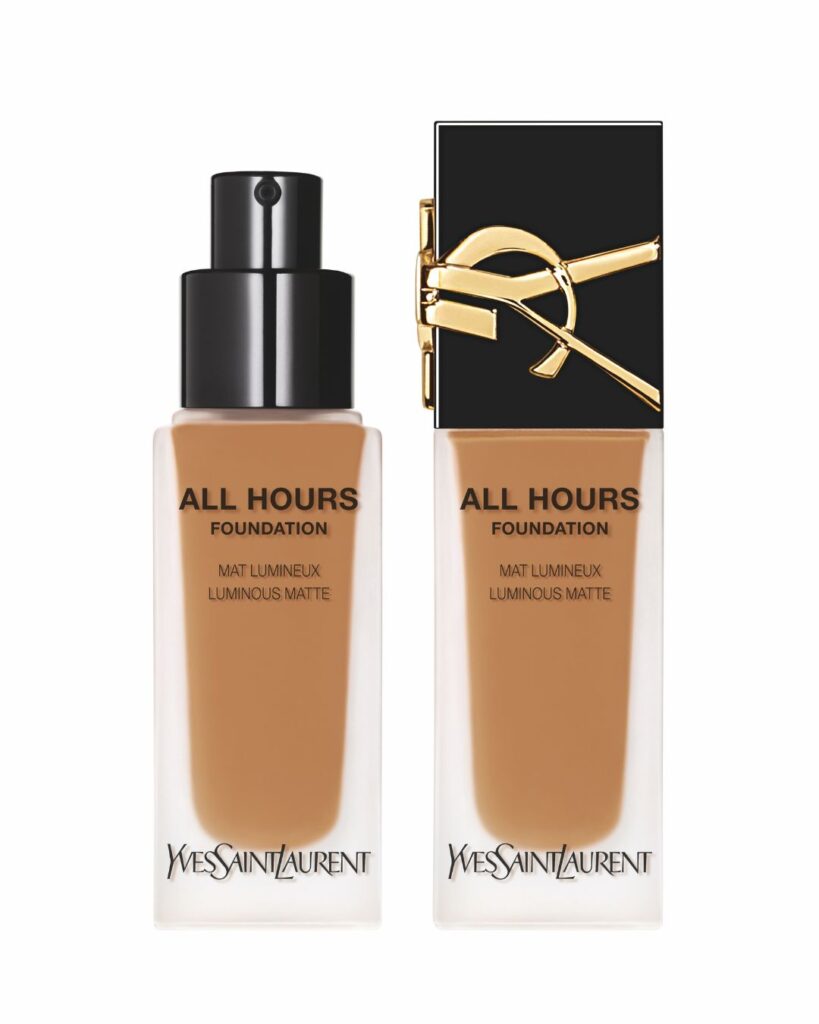
TW.: Is there a shade of lipstick that you wish people use more of?
TP: “Everyone is different, and I like the uniqueness. But, in general, lipsticks with a transparent finish that make your lips ‘kissable’—as the French say—look nice. They make your lips look healthy and glowy…I love such colours. We created the YSL Love Shine lipstick to lend a similar effect. And you can apply it using different techniques, either rub it on your lips or dab it to leave a stain—both work very well.
I also love a bold red lip moment. The YSL Slim Matte Longwear Lipstick in 21 Rouge Paradoxe is an iconic, bright red shade. I love it because it’s so powerful and so YSL!
I am always amazed and extremely pleased when a woman is not afraid to be strong, powerful, feminine, and elegant.”
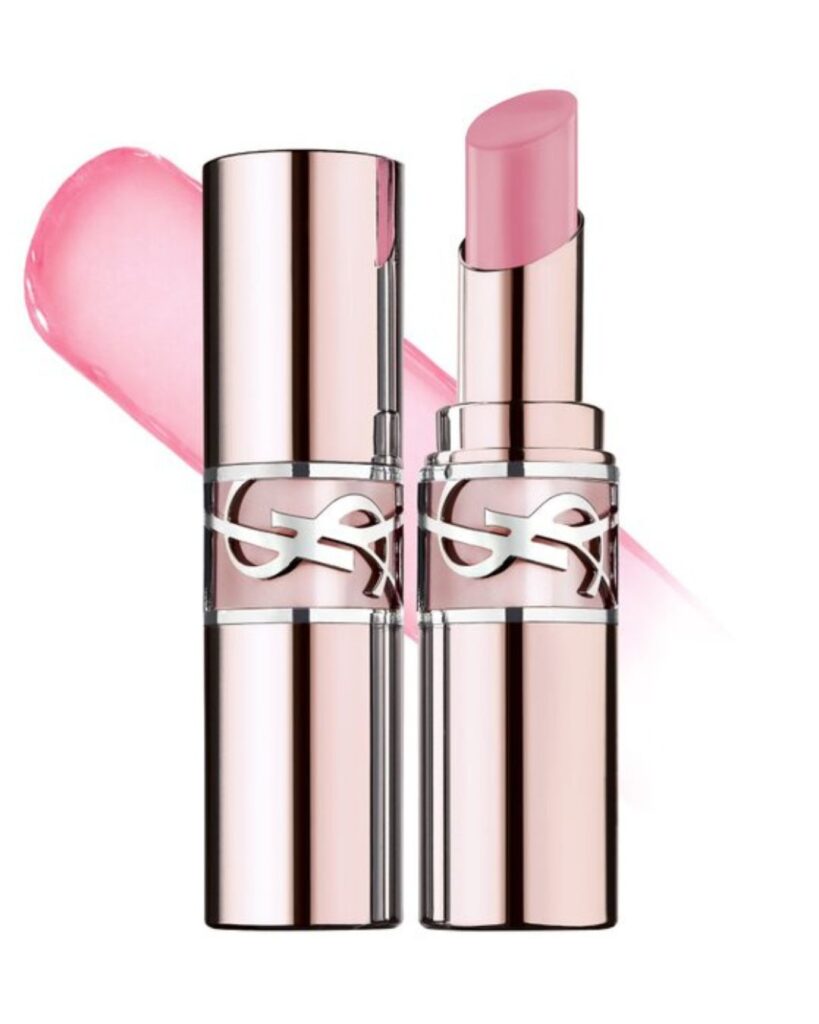
“I love a bold red lip moment. The YSL Slim Matte Longwear Lipstick in 21 Rouge Paradoxe is an iconic, bright red shade. It is so powerful and so YSL!
I am always amazed and extremely pleased when a woman is not afraid to be strong, powerful, feminine, and elegant.”
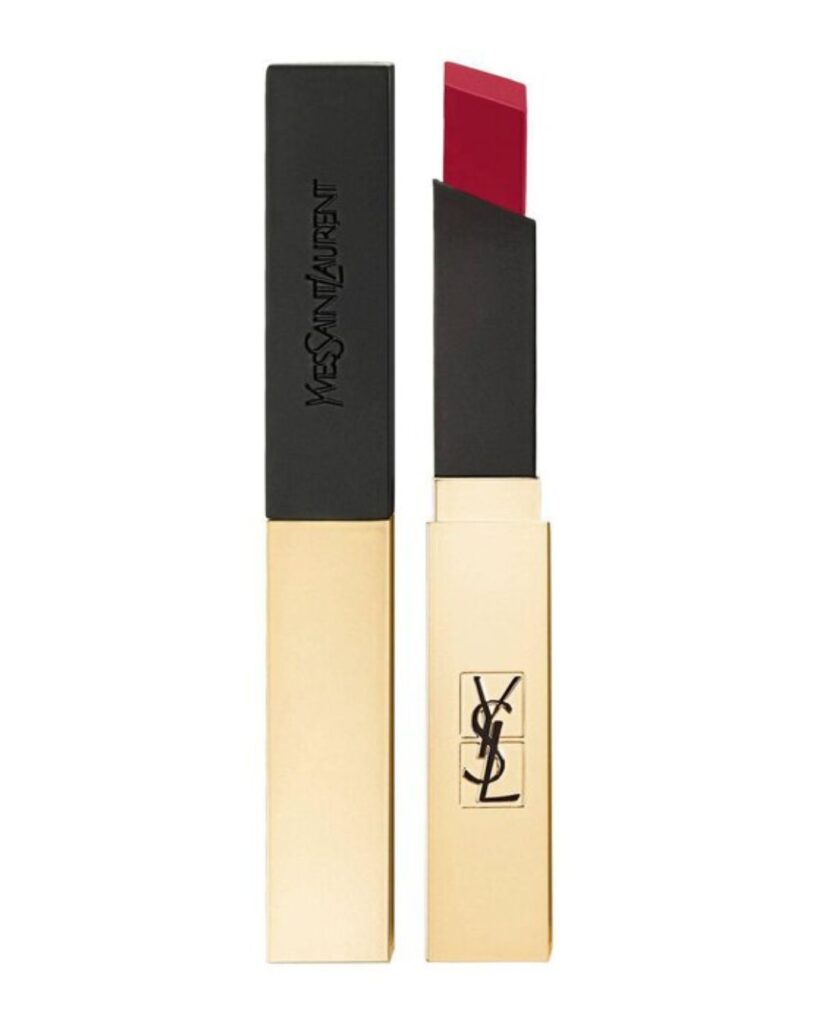
TW.: You have worked your magic on some of the most legendary faces in the world, like Princess Diana and Kate Moss… Are there any interesting stories you can share?
TP: “I have known Kate Moss for a long time, and working with her is like meeting an old friend, you know. We’ve shared many crazy memories over the years. Fashion is crazy, Kate is crazy, and I am crazy…so it can only be fun.
And I have worked with Princess Diana only once…it was her last shoot before the accident. The whole shoot was a secretive affair…we didn’t know where the shoot was till the last minute. The car took us to the studio and someone from the Royal Palace explained the official routine to us. And when she arrived, she was like sunshine. Princess Diana was so elegant and kind… You know some people have an aura around them, a glow that makes you feel like nothing can hurt you, or that nothing can damage you. She had that.
In the beginning, everybody, was a little bit stiff, including Princess Diana, because she didn’t know us. As per protocol, we had to address her as ‘ma’am’ and the French are not used to those words. We say ‘madame’, but never ma’am. While I was doing her make-up, she told me ‘Tom, I have seen your work in magazines…you make all those women look so beautiful. Please try to make me as beautiful as those women’, and that was so sweet of her. A short while later, Mario Testino, the photographer for the covershoot, came over and said to Princess Diana ‘It might be politically incorrect, but calling you ma’am makes you seem 30 years older than you are.’ To which she replied, ‘Please just call me Diana!’. And after that, we had the best day…we put on some music, we danced together. She was a magic person.”
TW.: Lastly, do you have any make-up tips for Indian women?
TP: “Well, who am I to give tips to Indian women? Indian women do incredible and beautiful makeup. Maybe that’s the reason I’ve never been to India because you don’t need me there. [Smiles]
There are skin tones in India that you don’t find anywhere else in the world, which is fascinating for me as a make-up artist.
Indian women wear vivid colours with so much elegance and grace—it’s inspiring and delightful on the eyes.
The only tip I’d like to give Indian women is that don’t fight your skin tone by wearing a lighter foundation. Add colour to your skin with a beautiful pink blush, or wear a bold eyeshadow to create an exciting contrast.”
READ MORE
- The Word. and Bumble Celebrated An Evening Of Scent, Sparks, and Mutual Connections
- How The Bicester Collection Quietly Became the Fashion Insider’s Best-Kept Shopping Secret
- Gauri Khan, On Her New Experience Centre In Delhi, Her Favourite Spot At Home, and Great Décor Advice
- With IRTH’s New Store in Noida, The Brands Adds To Its Joyful Delights
- Ranbir Kapoor’s New Perfume, ARKS Day, Reminds Him of His Childhood



